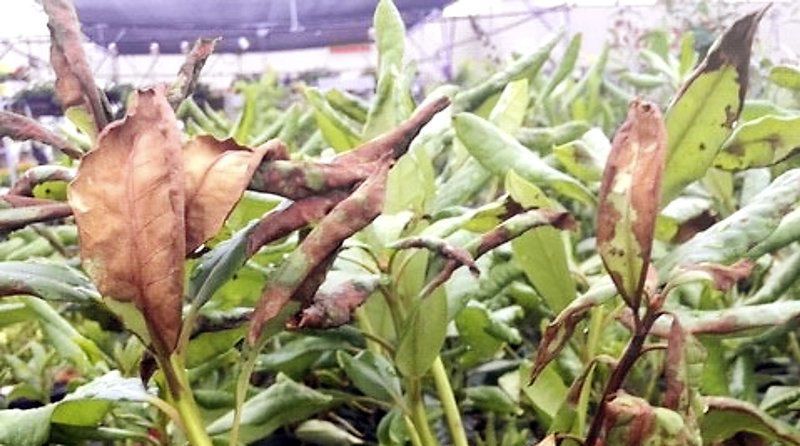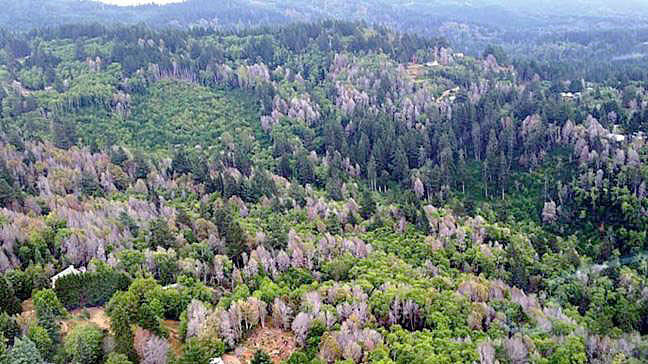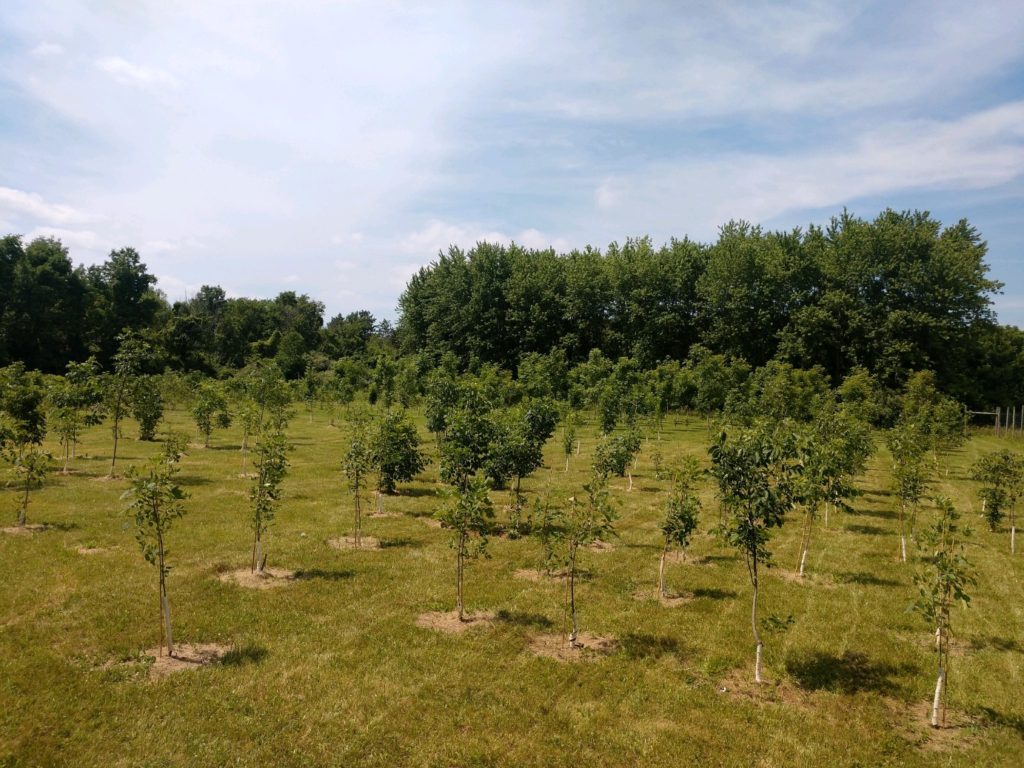
The Senate Appropriations Committee has adopted its recommendations for funding APHIS and the US Forest Service in Fiscal Year 2023, which begins on October 1. The full Senate has not yet acted; most people expect that it will not act before October, so the agencies will have to operate under a “continuing resolution” for at least the first several months. Under a “CR”, funding is maintained at the current level.

Funding for APHIS in FY23
The Senate Appropriations Committee issued a report [available here] that recognizes APHIS’ objective of protecting the animal and plant resources of the Nation from diseases and pests. These objectives are carried out through, inter alia, Safeguarding and Emergency Preparedness/Response and Safe Trade and International Technical Assistance.
The Committee recommends the following funding for specific APHIS programs (in $millions)
| PROGRAM | FY22 FUNDING | FY23 ADMIN REQ | HOUSE $ | SENATE COMM RECOMM | CISP ASK |
| Border inspections (AQI appropriated) | 33.849 | 36.725 | 36.650 | X | |
| Pest Detection | 28.218 | 29.137 | 29.825 | 29.075 | 30 |
| Methods Development | 21.217 | 21.854 | 31.807 | 23.557 | 23 |
| Specialty Crops | 209.533 | 219.533 | 219.698 | 222.072 | 219 |
| Tree & Wood pests | 61.217 | 62.854 | 62.562 | 62.719 | 70 |
| Subtotal, Plant health | 379.144 | 385.560 | 397.603 | X | |
| Emerg. Prepare & Response | 42.021 | 44.242 | 44.317 | X |
Specific programs mentioned:
- Northern (
Asian)giant hornet eradication: $1.75 million to continue cooperation with Washington State to eradicate this pest; also to improve monitoring methods and lures, and build a rapid response platforms - sudden oak death (SOD): recognize that the EU1 and NA1 strains of this pathogen threaten Douglas-fir / tanoak forests and lead foreign governments to impose quarantines on U.S. timber exports. So APHIS should spend no less that FY22 funding to better understand threat and treatment methods in wildlands. This earmark disappoints because it focuses on APHIS’ role as certifying timber exports as pest-free rather than the spread of the pathogen within the U.S. via the nursery trade. The same language appears in the report’s discussion of the Agriculture Research Service (see below).
Pertinent action re: Agriculture Research Service
The Senate Committee report sets several priorities, including the following:
- Invasive Pests: The Committee is concerned about the threats invasive pests pose to agriculture, the economy, environment, human health, and national security of the Pacific region. The Committee directs ARS to continue working with stakeholders in the region to assess options for combatting invasive species, including biocontrol research facilities, containment facilities, additional laboratory space.
- Sudden oak death: the same language as for APHIS. Again, I wish the language referred to the pathogen’s spread via the nursery trade.
These numbers are disappointing; the increase for “specialty crops” demonstrates the lobbying clout of the nursery and berry industries! I appreciate the attention to sudden oak death – with the caveat I mentioned.

Forest Service
The Senate Appropriations Committee issued a report [available here] . The Senate Appropriations Committee recommends the following funding levels for USFS programs that address non-native forest pests and other invasive species (in $millions):
| PROGRAM | FY22 FUNDING | FY ADMIN REQUEST | HOUSE $ | S COMM RECOMM | CISP ASK |
| Research | 296.616 | 317.733 | $360.4 | $302.773 | 317.733 |
| State & Private Forest Health Protection TOTAL | 48 | 59.232 | $52.232 | 50 | 83 |
| S&P FHP Federal lands | 16,000 | 22,485 | ? | 17,000 | 51 |
| S&P FHP non-federal lands | 32,000 | 36,747 | ? | 33,000 | 32 |
R&D
The Senate wants to retain the current structure of five regional stations, International Institute of Tropical Forestry, and Forest Products Laboratory.
The Senate listed several research priorities. Two pertain to forest health: 1) needle pathogens, and 2) Northeastern States Research Cooperative working to sustain the health of northern forest ecosystems and biological diversity management. I am disappointed that no mention is made of the need to respond to 400 introduced tree-killing insects and pathogens.

S&P
The Senate Committee recommends a significant increase in S&P overall ($8 million above FY22 level), but not for Forest Health Management. This is disappointing.
The Committee is concerned about high tree mortality on National Forests due to bark beetle infestations and instructs USFS to work with states and tribes to prioritize insect prevention, suppression & mitigation projects.
The Committee expects the Forest Service and Bureau of Land Management (BLM) to continue efforts to treat sudden oak death in California and Oregon. It provides $3 million for this purpose, including for partnerships with private landowners.
Posted by Faith Campbell
We welcome comments that supplement or correct factual information, suggest new approaches, or promote thoughtful consideration. We post comments that disagree with us — but not those we judge to be not civil or inflammatory.
For a detailed discussion of the policies and practices that have allowed these pests to enter and spread – and that do not promote effective restoration strategies – review the Fading Forests report at http://treeimprovement.utk.edu/FadingForests.htm
or